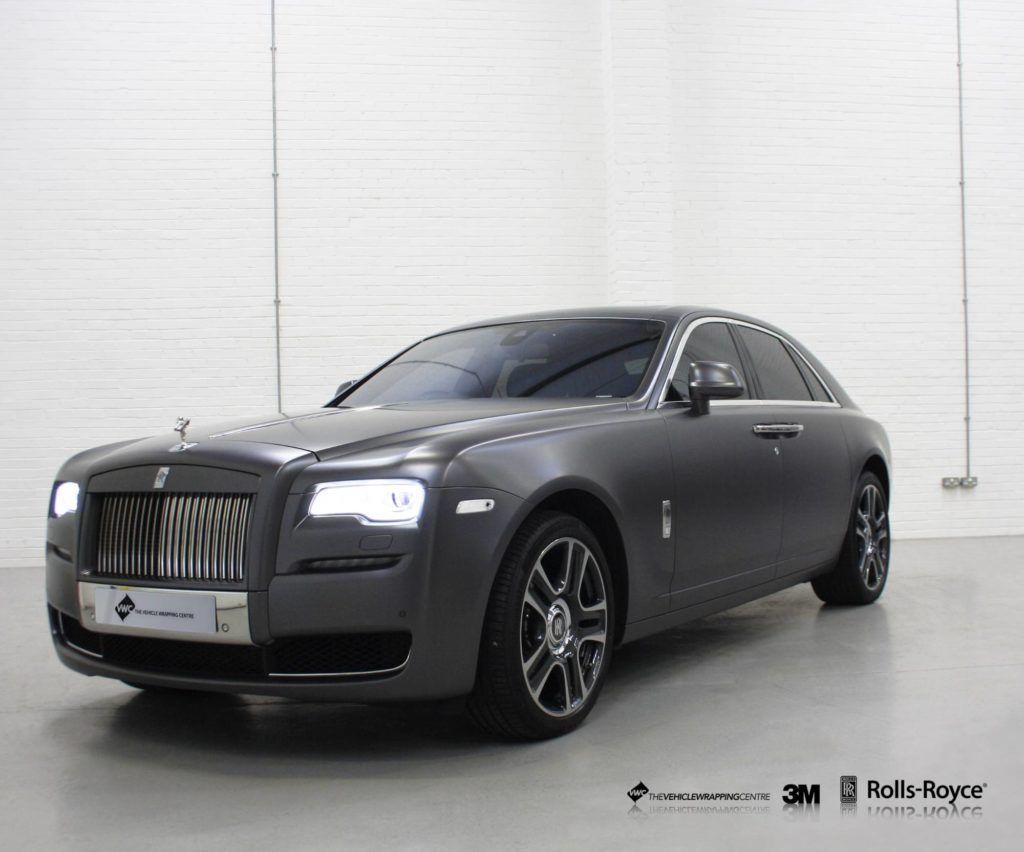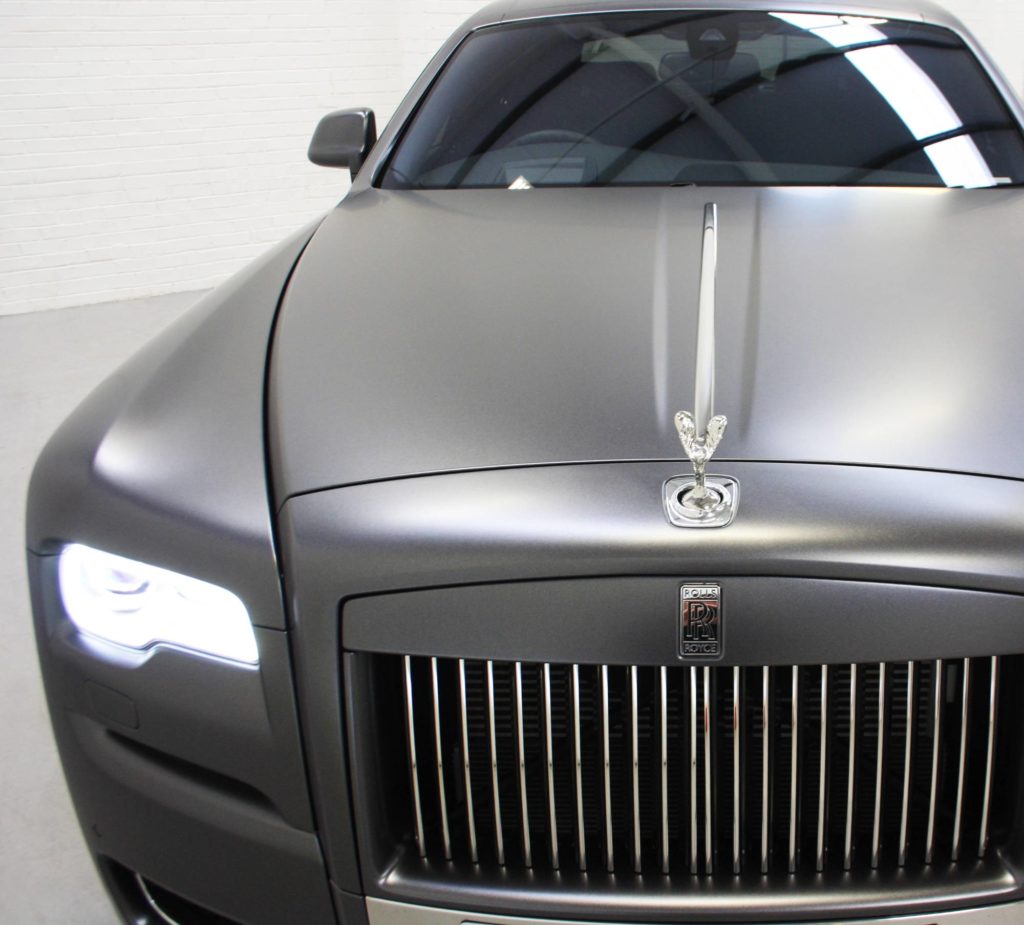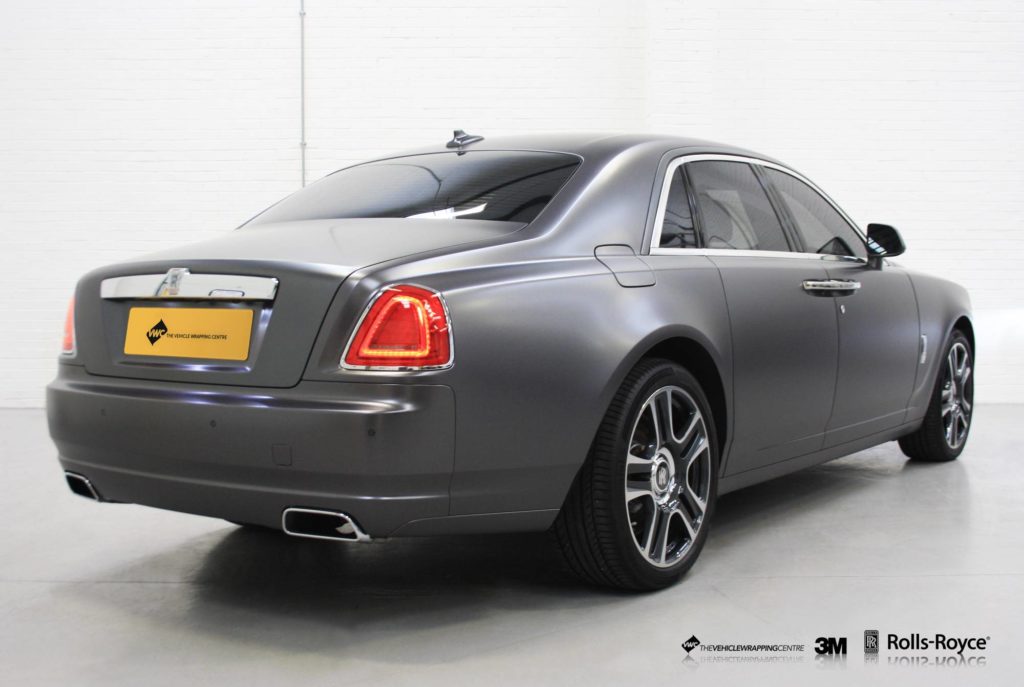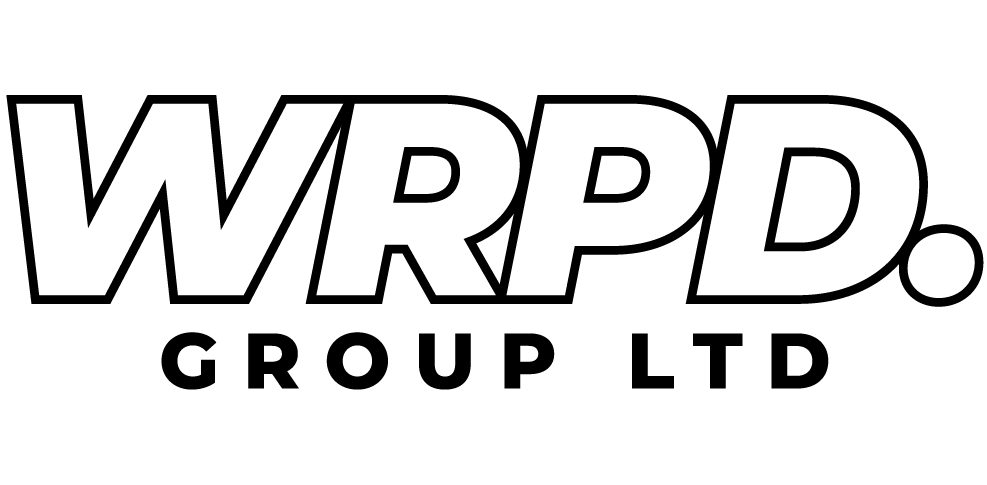Unless you’ve been to the Museum of Science and Industry in Manchester, you might not know about the connection the city has with one of the world’s most celebrated luxury automotive brands, Rolls-Royce.
But in the museum’s Air and Space Hall, if you look down from the aeroplanes and helicopters overhead, you’ll notice a 1905 Rolls-Royce on display towards the back of the hall, not too far from the planetarium.
Henry Royce’s Manchester connection goes back even further than the automotive age, as he had an electrical and mechanical factory in the city from the 1880s.
In 1904 he manufactured his first car in the city, the two-cylinder Royce 10, but the landmark date of that year was May 4th, when he met Charles Rolls at Manchester’s infamous Midland Hotel.

Rolls was a car dealer, and by the end of 1904 had placed an order for everything Royce could produce, including two, three, four and six-cylinder models all badged as Rolls-Royce.
The Manchester connection was short lived, as in 1906 Derby’s council offered Rolls-Royce a cheap deal on electricity, and in doing so secured the decision to relocate production to a larger site there.
Interestingly, production came full circle in a sense with Royce’s final design, the Merlin aero engine, which did not even take to the skies until two years after his death in 1933.
The Merlin was first flown in 1935 as a prototype, and went on to be fitted to many of the British aircraft that took part in the conflicts of World War II, including the Supermarine Spitfire, British Hawker Hurricane and the twin-engine de Havilland Mosquito.
It also powered the Avro Lancaster, a successor of the appropriately named Avro Manchester.
While Rolls-Royce had left Manchester long before that stage, more than 30,000 of the 160,000 total Merlin engines were manufactured by the Ford Motor Company, located in Trafford Park.

And in a further ‘closing of the loop’, the Merlin itself became a land engine, renamed as the Meteor when it was used in tanks including the Centurion.
Incidentally, the Ford Trafford Park factory did not open until five or six years after the first Rolls-Royce car was produced in Manchester, and it was not until around October 1911 that the first Model T Fords were assembled there using imported parts manufactured in the US.
By 1912-13, Ford in the US had developed the first automotive assembly line techniques, and these were implemented in the UK, doubling output while reducing the purchase price of the Model T too.
During the First World War from 1914 onwards, Trafford Park was used mainly to produce agricultural machinery, due to Henry Ford’s reluctance to become involved in manufacturing munitions – and when peace was restored in 1918, further advances in assembly line methods were applied to increase output even further.
Together, Rolls-Royce and Ford represent some of the earliest and certainly the most recognisable automotive manufacture to this day – and both owe at least part of their legacy to Henry Royce’s designs and a chance meeting at the Midland Hotel in Manchester.

